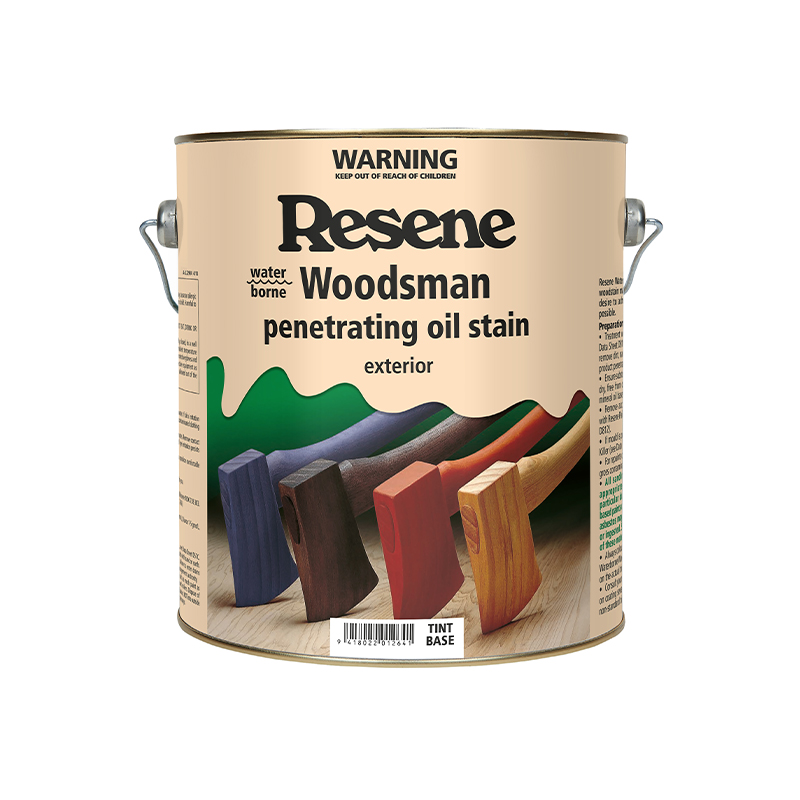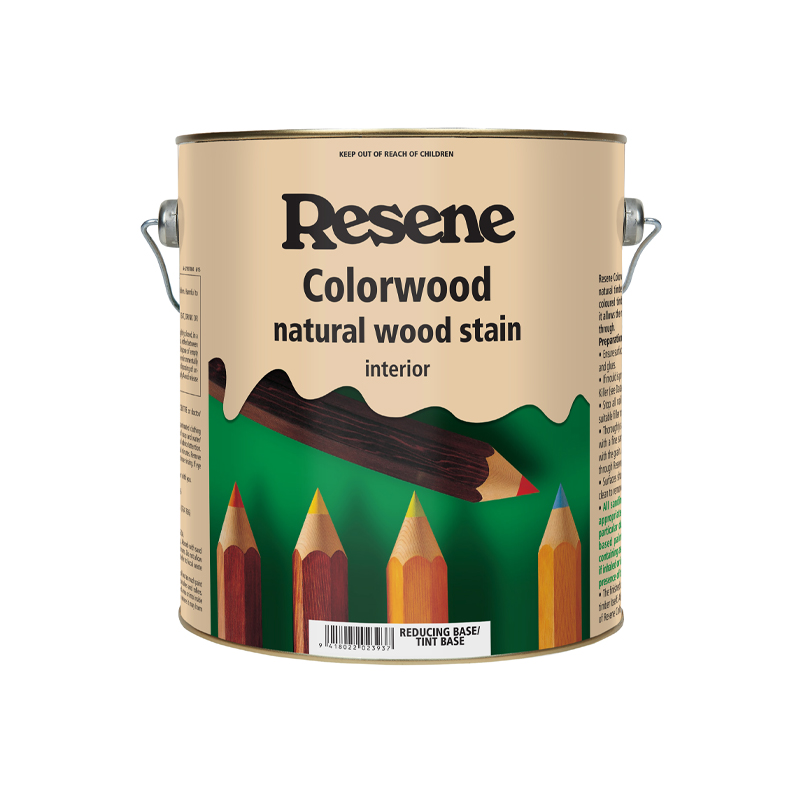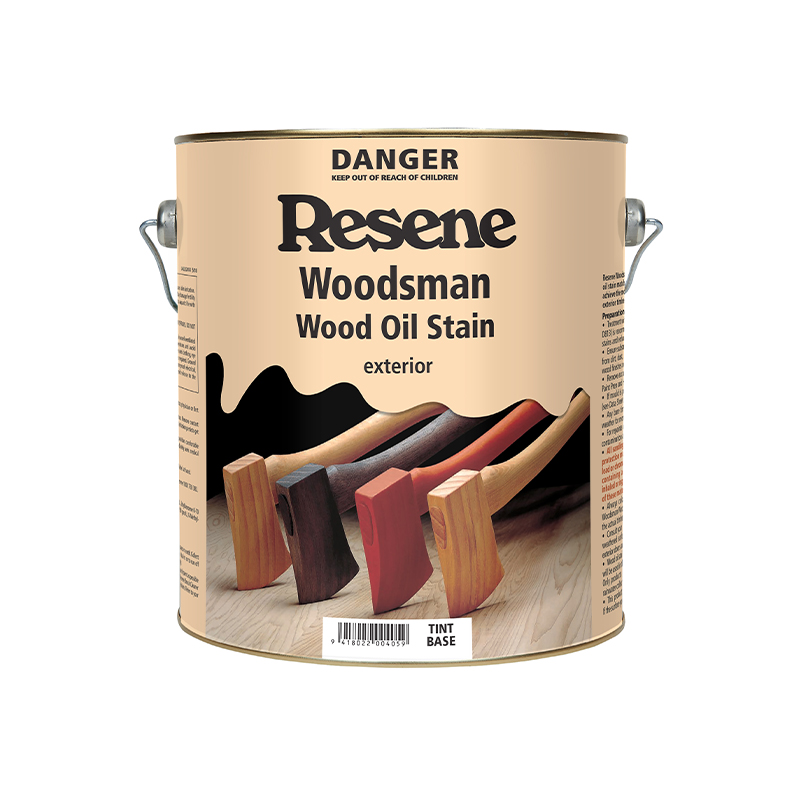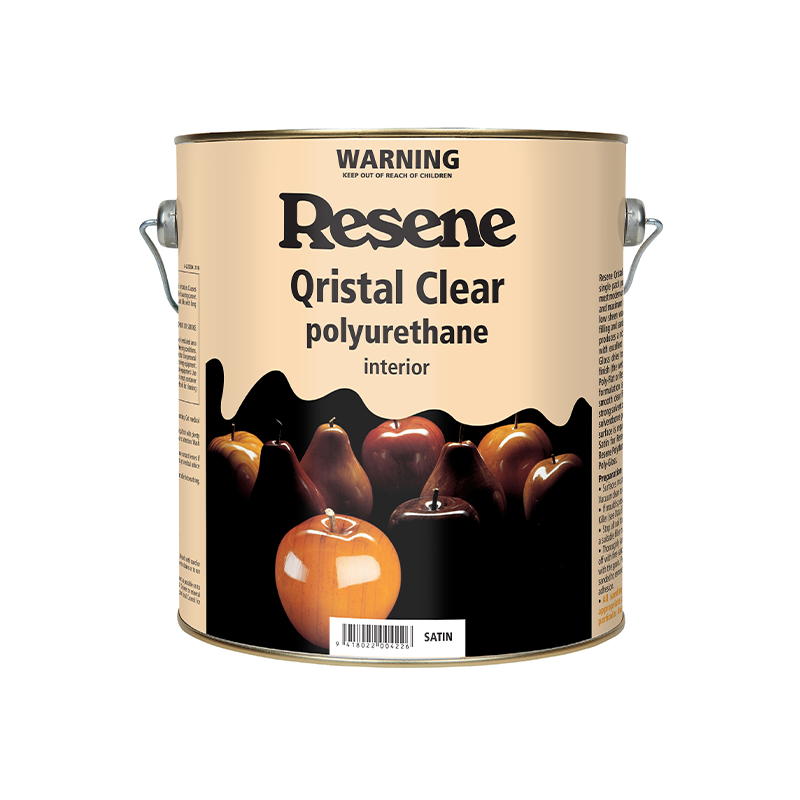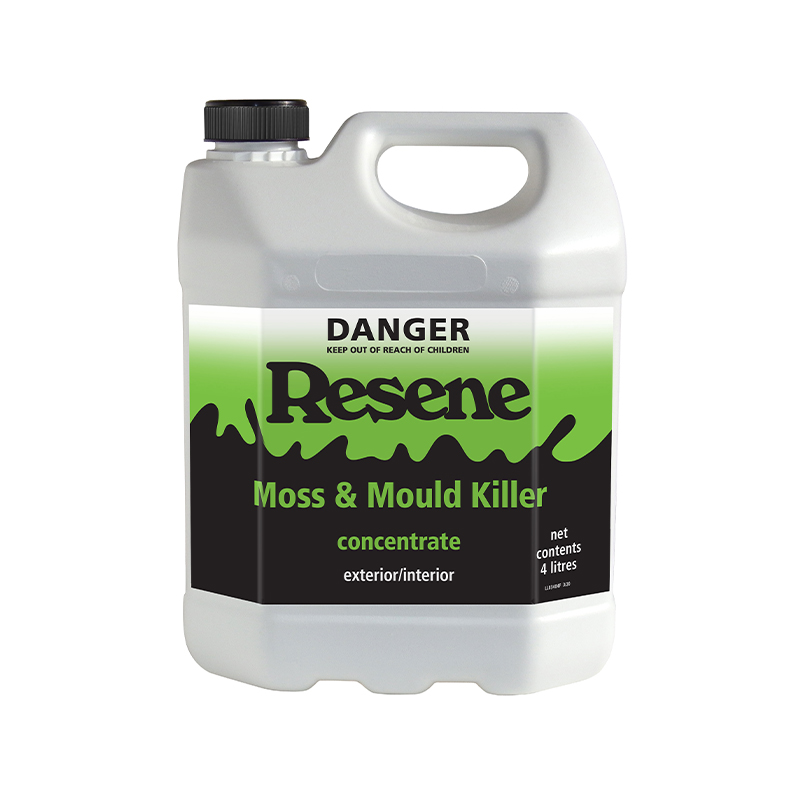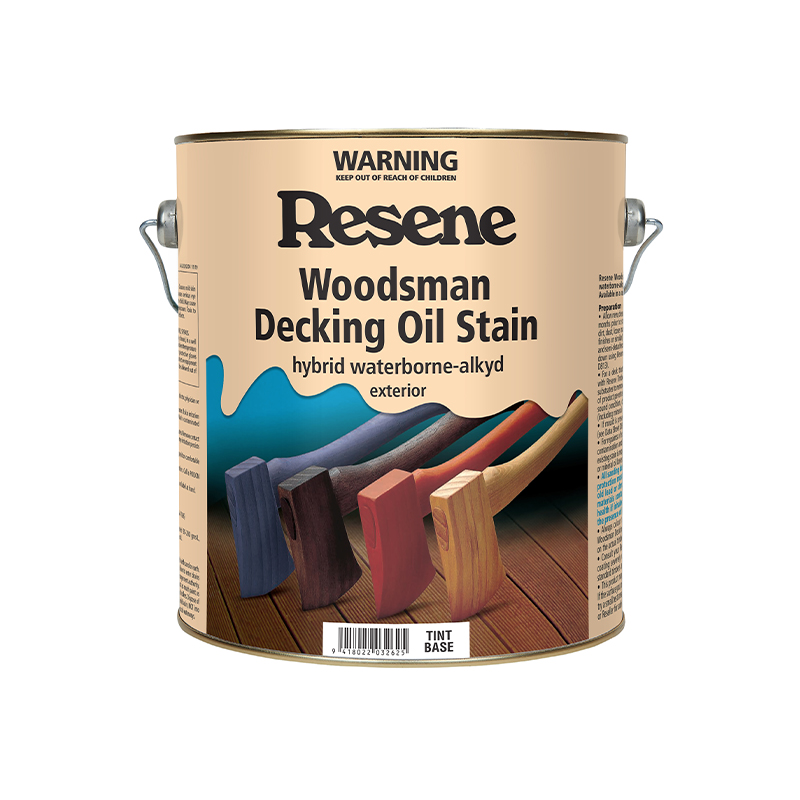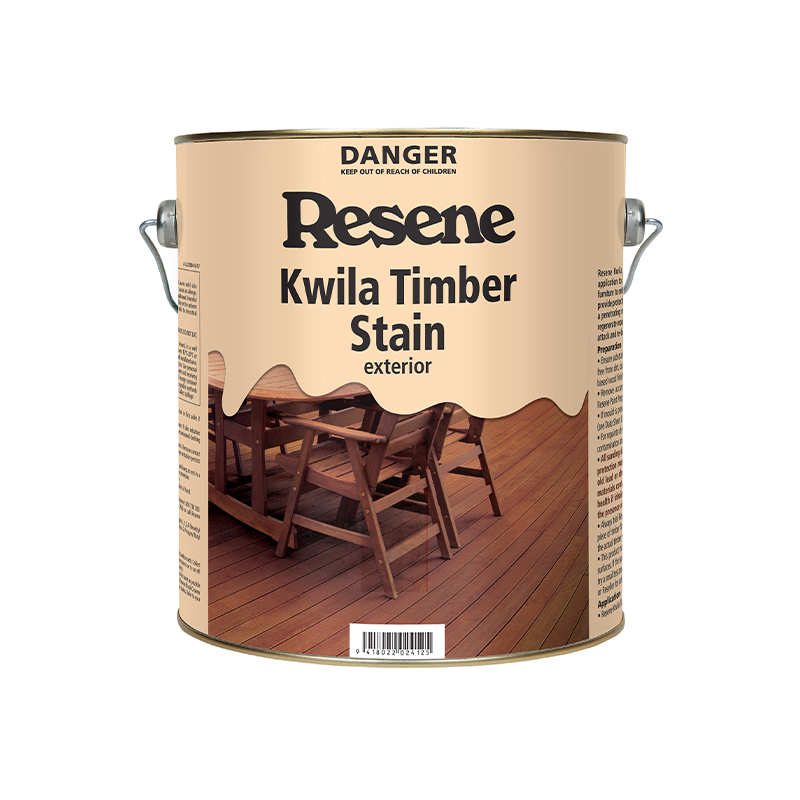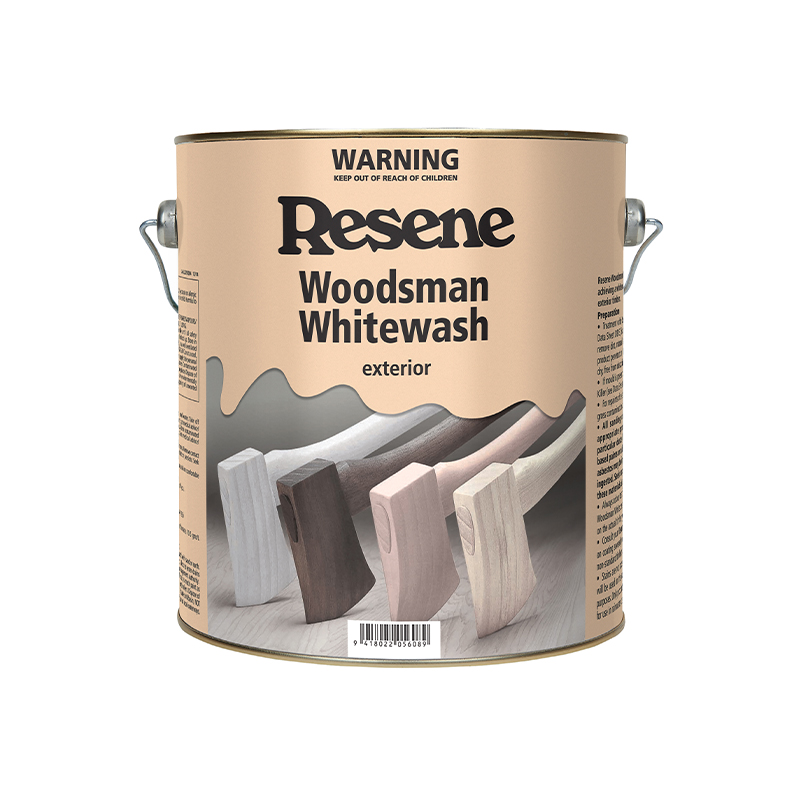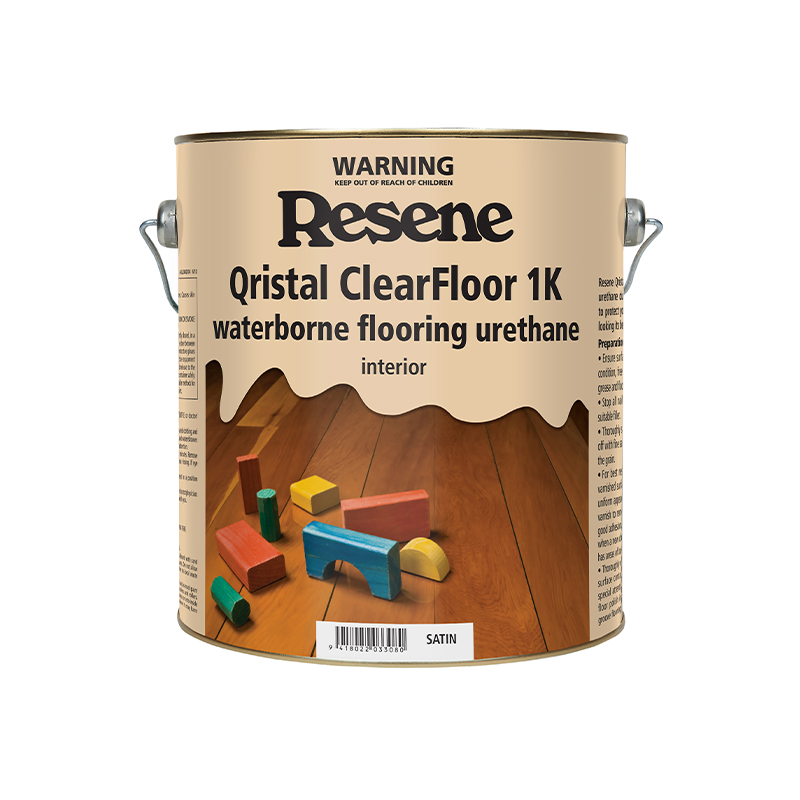Wood is one of the most popular building materials in New Zealand and Australia and it’s easy to see why. Each plank of wood has a unique grain that makes every project special. Resene Woodsman and Resene Colorwood wood stains are ideal for protecting timber projects from the elements and wear and tear. These stains will also enhance the beauty of the timber by showcasing the natural grain and knots. If you’re new to staining, you might have a few questions about the types of Resene wood stains available and how to use them.
The following answers to some frequently asked questions will get you started and point you in the direction of other helpful MasterStroke by Resene articles. If you have further questions, ask the friendly staff in your local Resene ColorShop or send your questions through to our team of online paint experts.
What are the advantages of wood stains?
Resene Woodsman wood stains have a semi-transparent finish and protects your timber from UV light, wind and rain, as well as damage from fungi and mould. Resene Woodsman also enhances the natural beauty of the timber by allowing the wood grain to show through. Wood stains create a soft look that’s in tune with the natural environment and are usually faster and easier to apply than paints.
What’s the difference between Resene Waterborne Woodsman and Resene Woodsman Wood Oil Stain (traditional oil-based)?
Resene Waterborne Woodsman is a modern Eco Choice-approved, low-VOC (volatile organic compounds) penetrating stain that is ideal for many outdoor projects including weatherboards, pergolas, fences and rough sawn timber. It’s available in a range of hues including black, bright and limed colours and in Resene CoolColour variants. Waterborne stains can be thinned and cleaned up with water when wet and have a faster drying time.
Resene Woodsman Wood Oil Stain is a solventborne stain that gives a more classic, natural-looking finish, however these stains are higher in VOCs and a stronger odour. Brushes and trays used with a solventborne stain must be cleared up using a solvent such as turps. Solventborne stains tend to penetrate deeper into the timber and are often used on more weathered surfaces. If your home has previously been stained with a solventborne stain, it’s usually best to restain with Resene Woodsman Wood Oil Stain (traditional oil-based).








